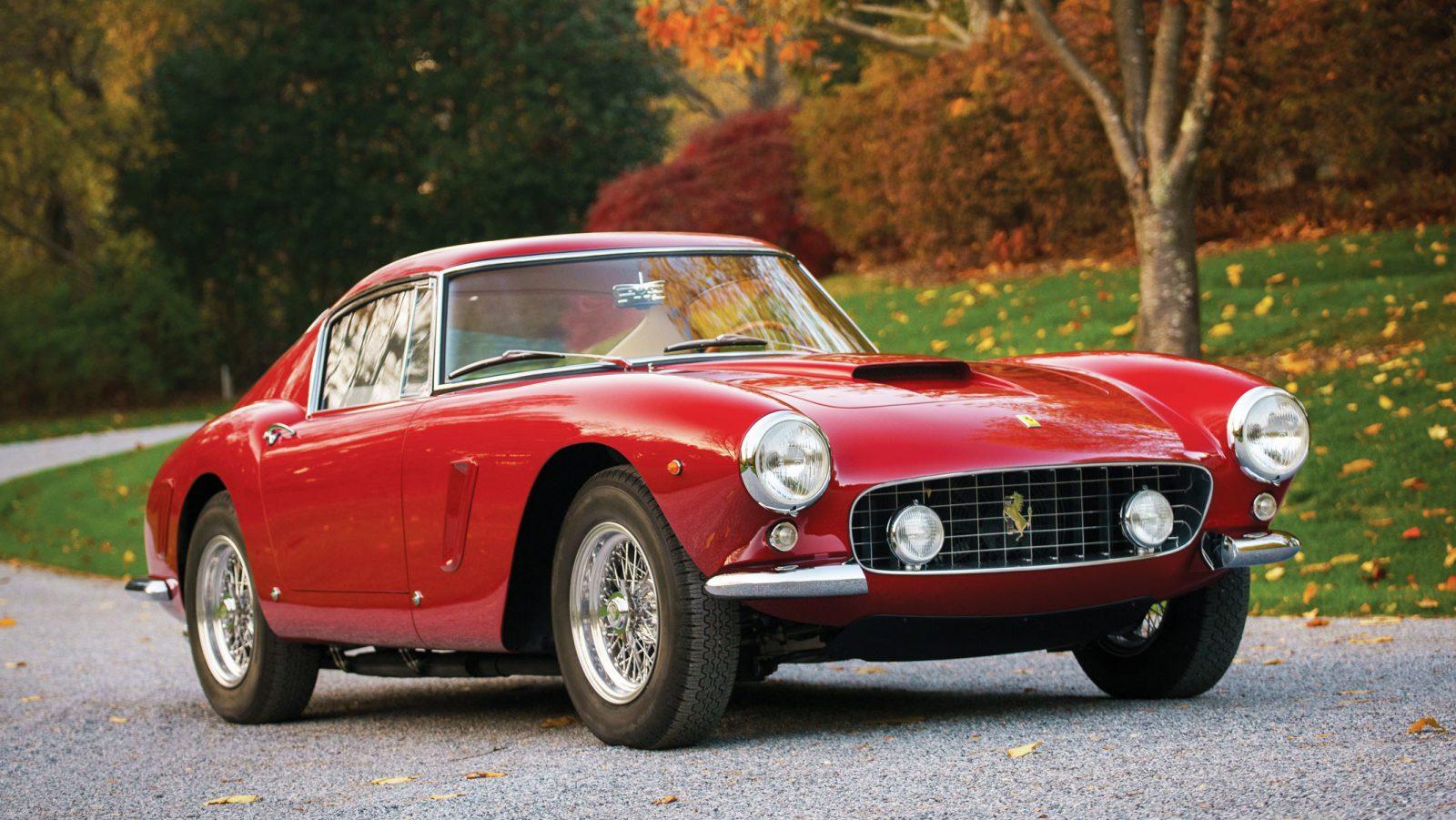Volvo’s most recent emblem, Polestar, took the wraps off the Polestar 2 the day before today, the organization’s all-electric powered Tesla Model 3 fighter. Polestar has carried out a few new rethinkings on how an automobile should be painted (The car starts with a chair-installed strain transfer! It has a loopy ownership subscription plan!). One of the extra huge-ranging capabilities is in the infotainment gadget: this is the primary car with Android Auto constructed.
Previously, we have seen a smartphone app from Google called “Android Auto” that runs on your cellphone like Apple’s CarPlay and uses the automobile show as an outside screen. This task with Polestar is a complete-blown working machine instead of a single app, and it’s far built into the automobile’s hardware, unlike going for walks on your cellphone. It does not, in reality, have a name yet. Volvo was calling it “Android,” and Google in the past has referred to it as both “Android Automotive” and “Android Auto integrated.”

Since at least 2014, Google has been undertaking to expand its cellphone-operating gadget business into a vehicle-operating-device commercial enterprise. Google’s plan for vehicle manufacturers directly extends how Android phones work: Google builds a special automobile version of the Android OS, and automobile producers construct the hardware. Car producers can skin Android to make its appearance specific from the competition. However, they all share Google’s app atmosphere, including the Play Store, Google Maps, and Google Assistant.
Car manufacturers get miles more capable, extra well-suited OS than they might construct themselves, and Google receives revenue from advertisements and the app shop. We’ve seen visible demos of Google’s vehicle OS from Fiat-Chrysler, Volvo, and Audi, but the Polestar 2 is the primary production automobile signed up for Google’s vehicle-working-machine scheme. Production of the Polestar 2 starts next year, which is a massive deal after years of change-display demos beginning in 2016.
On degree, Thomas Ingenlath, CEO of Volvo’s Polestar brand, demoed a chunk of the infotainment system. The home display screen (skinnable and reconfigurable with the aid of vehicle producers) takes the form of a 2×2 grid of apps. You can set any app to every container, giving you at-a-glance data from Google Maps, your smartphone, the auto’s electricity gadget, or tune. HVAC controls take a seat at the bottom of the house display screen, even as a standing bar and navigation bar sit down on the pinnacle of the display screen.
Spotify, Google Assistant, and—most importantly—Google Maps had been all working onstage. Ingenlath conceded that the organization has struggled with navigation, saying, “For how many years have we promised to supply clean-to-use, up-to-date navigation, and the way did we fail, again and again?” Google Maps at the Polestar 2 seemed pretty slick, answering voice commands for a pizza location and a question for charging stations. The map even shows up in the gauge cluster at the back of the steering wheel.
With Android, the Polestar 2 might be one of the rare vehicles with an actual app atmosphere. It’s now not the entire smartphone-app ecosystem; however, a constrained selection of apps built for Android Auto. These apps must follow stringent protection and distracted-riding requirements vetted by the NHTSA and plenty of other authorities’ transportation-protection companies worldwide. You can view most of the app choices here. However, it’s almost entirely apps for music, podcasts, audiobooks, and messaging. The highlights include Spotify, Pandora, Apple Music, Google Music, Audible, Pocketcasts, NPR One, Facebook Messenger, Hangouts, Skype, WhatsApp, and WeChat. Google’s different navigation app, Waze.
The Polestar 2’s infotainment device can, of the path, hook up with your telephone, and no matter whether you are going for walks on Android, Ingenlath assured the crowd that the Polestar 2 would pair just pleasant with an iPhone. The automobile also has a widespread Internet connection, so matching your telephone might be for calls and contacts.
Some vehicle producers like Honda and Hyundai already use a forked version of Android to build their infotainment structures. However, the Polestar 2 will be the first car with this Google-sanctioned Android version powering the infotainment machine. Unlike manufacturers’ Android forks, Google is targeted at getting manufacturers to apply an up-to-date model of Android. I could assume the Polestar 2, a minimum, runs Android 9 Pie, while nowadays, Honda’s infotainment system is based on Android 4.2 Jelly Bean (launched in 2012). Hyundai makes use of a fair older model of Android: 2.3 Gingerbread.
Google’s Android car plan should result in something more relaxed than the standard car. Like the Internet of Things, having a group of non-tech agencies build related gadgets reasons safety trouble. The devices (the infotainment gadget in this situation, your digicam or router in the case of IoT) almost in no way get up to date, and having many of these Internet-enabled devices that run old software is a protection nightmare. Having a brand new vehicle launch with a modern-day version of Android may be a big assist, but Polestar additionally promised updates “on an everyday basis.” Google mandates a minimal stage of safety aid for Android phones, but there is no phrase on whether it’ll enforce something comparable for vehicles.






